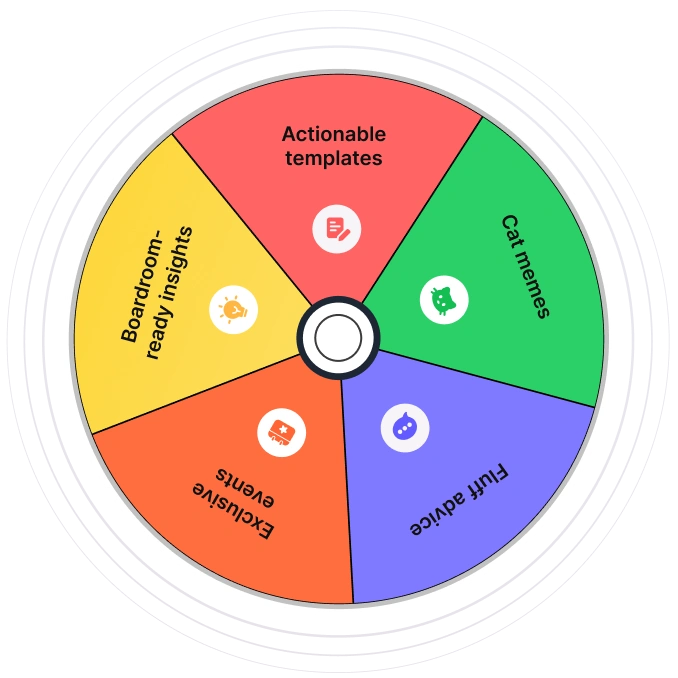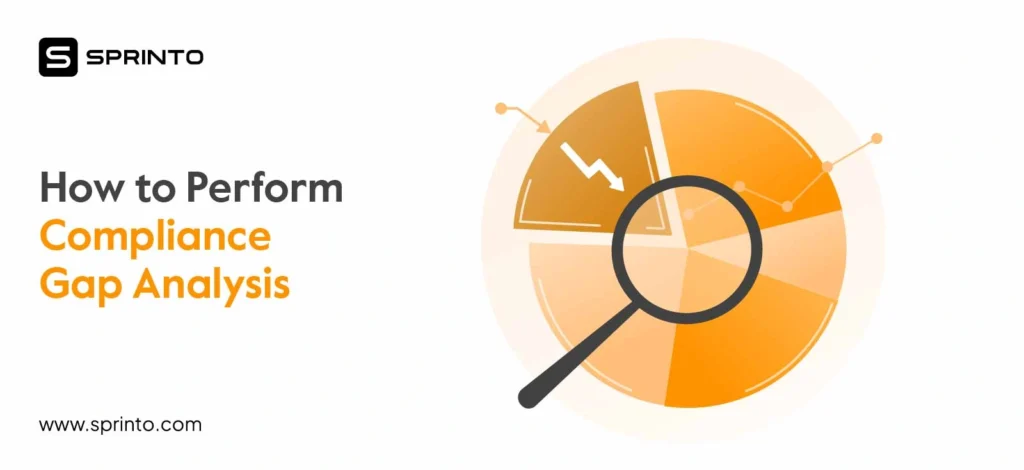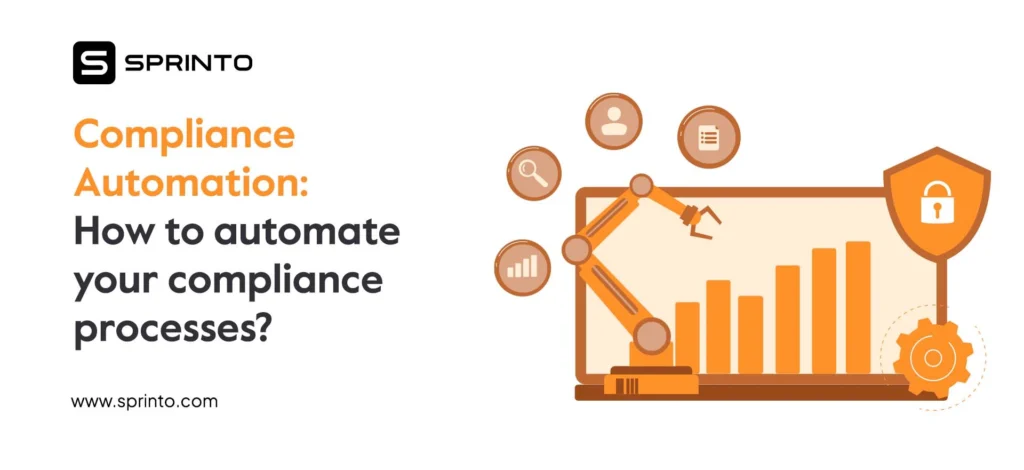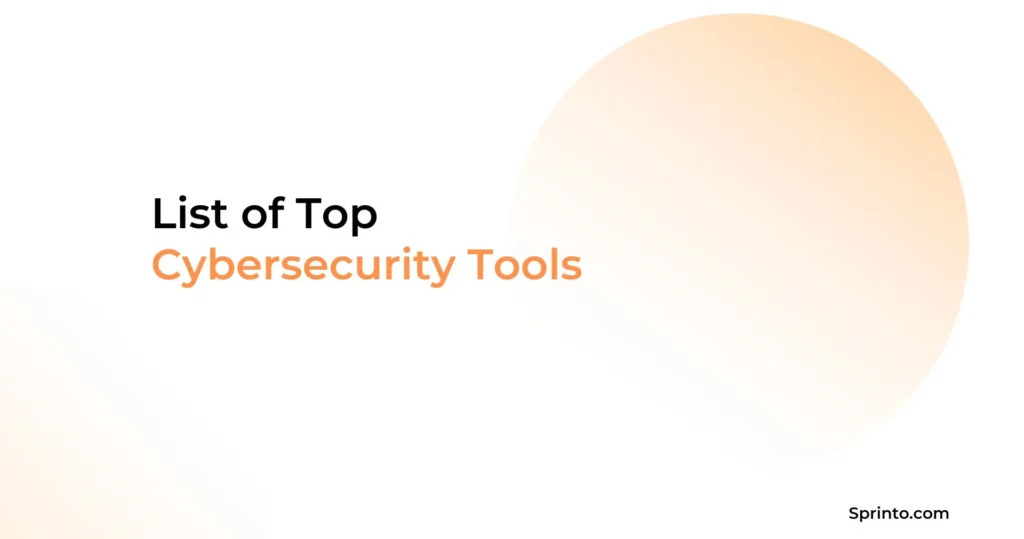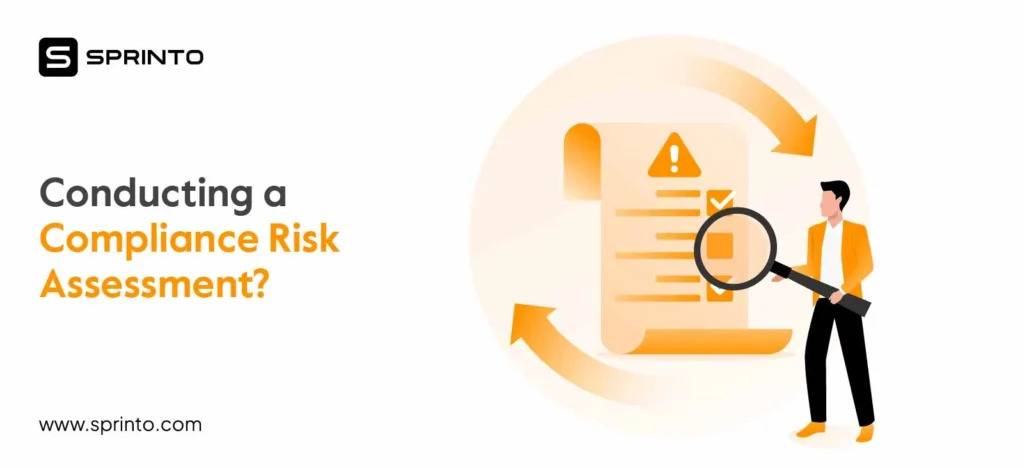Strong internal controls are at the core of a successful cybersecurity program. They are the cornerstone of a business’s operational health and key to achieving a swift compliance certifications. Organizations today, therefore, see assessing internal control deficiencies as a crucial exercise to managing high-level business risks and maintaining competitive edge.
More often than not, internal control failures are avoidable when detected early. Instances like a misconfigured software, expired policy, inappropriate data handling, etc. can be easily traced and remediated. All it requires is a quick periodic review of internal controls to pinpoint deficiencies and taking corrective action. The evaluation process provides much-needed visibility into control performance and helps you stay vigilant while ensuring compliance.
This blog highlights the importance of evaluating internal control deficiencies along with best practices on how to steer them back on track.
What are internal control deficiencies?
Internal control deficiencies are problems, misconfigurations, or instances of internal controls going unchecked that can lead to non-compliance, inefficiency, misalignment, and misreporting over time.
In essence, internal controls are of three types—preventive, detective, and corrective.
Have a look at these types along with internal control deficiencies examples.
Preventive internal controls are proactive measures to prevent the likelihood of a security event occuring. A preventive internal control deficiency can, therefore, be a lack of proper access controls.
Detective internal controls identify errors at the time of event occurrence. So, a deficiency of detective controls can be a failure to identify malware by an antivirus software.
Corrective internal controls aim to rectify the irregularities identified by detective controls. An example of corrective control deficiency can be a failure to carry out action items within disaster recovery.

Why is it important to evaluate internal control deficiencies?
Evaluating internal control deficiencies is a crucial activity because of its implications on business operations, reputation, compliance adherence, and stability. Even from a strategic viewpoint, assessing and addressing control weaknesses is essential to build trust with investors and stakeholders and unlocking better business opportunities.
Here are four benefits of determining internal control deficiencies:
Preventing oversight risks
The top-management oversights caused by internal controls failure can bring strategic repercussions. This is because of incomplete/wrong reporting leading to biased decisions.
For example, an improper segregation of duties can lead to oversights during access reviews and bring insider and external threats. The evaluation process sheds light on these lapses and ensures prompt corrective actions.
Avoiding non-compliance consequences
Regulatory requirements primarily evaluate the design of internal controls and operational effectiveness. Internal audits that timely identify internal control deficiencies save organizations from getting qualified or adverse opinions from external auditors. This prevents non-compliance ramifications like financial risk, reputational risk etc.
Ensuring accurate compliance reporting
Internal control deficiencies can cause inaccurate reporting and usage which can leave the organization vulnerable to major security incidents when left unchecked. Assessing these failures can help identify any inaccurate or incomplete data and ensure the correctness of compliance reports.
Enhancing operational efficiency
Evaluating internal control deficiencies helps pinpoint gaps in processes, resource allocation, and management and specify opportunities for improvement. This facilitates the elimination of any irregularities and risk while ensuring cost-effectiveness and operational efficiency.
Save upto 300+ hours with compliance automation
Types and Examples of Internal Control Deficiencies
There are two ways to look at the classification of internal control deficiencies. One is based on the origin and helps understand the root cause of the internal control failure. The other one is based on the nature of internal control weakness.
Let’s look at both of these in depth along with internal control deficiencies examples:

Based on origin:
Deficiencies of design
A deficiency in design exists when a control is missing or is improperly designed. As a result, it prevents the detection of misstatements by stakeholders before they escalate into havoc-causing events.
Examples of design deficiencies:
- Weak encryption algorithms
- Lax password security practices (using the same passwords for different services, writing passwords on paper, etc.)
- Inadequate backup mechanisms
Deficiencies of operating effectiveness
Deficiency of operating effectiveness suggests that although the control is well-designed, it is not operating as intended or is not implemented correctly. Deficiency in operation exists primarily due to human factors.
Examples of deficiency in operating effectiveness:
- Inconsistent follow-up on employee security training
- Not testing backup mechanisms
- Not reviewing access logs
Based on nature:

Technical internal control deficiency
Technical control deficiencies encompass problems with IT controls related to hardware, software, and other technological infrastructure. These weaknesses can lead to system downtime, data breaches, etc.
A data backup failure is an example of a technical internal control deficiency.
Administrative internal control deficiency
Administrative deficiencies are problems related to policies, procedures, and management practices. These can lead to ambiguity, inefficiency, and implementation failures. An example here is an instance of not communicating policy updates to key stakeholders.
Architectural internal control deficiency
An architectural deficiency is an internal control deficiency arising from problems in the design of security infrastructure. These weaknesses can hinder the efficiency of operations. Integration issues arising from software misconfiguration is an example of architectural weakness.
Operational internal control deficiency
Operational internal control deficiencies are issues arising from improper execution of internal control processes. These can lead to security breaches caused by human errors. An example of operational control deficiency is a delayed responses to security incidents despite an incident response plan in place.
Go beyond Continuous Threat Identification & deficiency
How to evaluate internal control deficiencies?
Evaluating internal control deficiencies is an iterative process that helps organizations determine the underlying cause of weakness and make improvements. The assessment process must be streamlined to build a security-conscious culture and keep pace with agile regulatory compliance changes.
Here’s a 6-step procedure to evaluate internal control deficiencies:

Define control objectives
Survey your internal control environment and create a list for evaluating internal controls to be assessed. You can classify them as detective, preventive, and corrective. Next, define the control objectives—what do you want these controls to achieve? For example, an objective of IT controls can be ensuring the availability and integrity of critical systems.
Review control design
A control is rightly designed if the control activities mitigate the intended risk coverage end-to-end. To test this, the internal auditor will first review control documentation. Next, a simulation exercise may be carried out to check if the control (whether independently or with other controls) can mitigate risks.
Also check out: Risk Mitigation Strategies in 2023
Let’s take an example of testing access control design. This will require
- Verifying if there is an access management policy
- Checking that a system for raising access request tickets exists
- Confirming if access approvals are done by authorized owners (not the same as requestors)
- Validating that a periodic access review is set up with an assigned owner and frequency
- Reviewing if there’s a system that revokes access when employees are offboarded
If any of the above is missing it will be noted as an internal controls failure due to design deficiency.
Test control effectiveness
Once the control design is validated, the operating effectiveness of the control will be tested. This is done by reviewing the control activities over a period, say 6 months. So, in our example, the auditor will check the evidence for access request tickets raised, approvals, reviews, and revocations done over 6 months and validate if the control is operating effectively.
There can also be employee interviews, surveys, and observations to verify proper implementation. In case of a discrepancy, it will be noted down as an internal controls failure due to deficiency in operating effectiveness.
How Sprinto can make this process easier:
Sprinto enables continuous control monitoring at granular level as soon as you integrate your cloud stack with the platform. The control checks will be marked as passing, failing, due or critical based on current status. You can also time travel to see compliance status and control health at any given point of time.

Analyze the deficiencies
The identified control deficiencies will then be analyzed for severity and impact. A risk matrix can be utilized to quantify the risks and categorize them based on severity. The impact is then determined based on the extent of effect on business operations, regulatory requirements, reputational damage, etc.
Document and communicate to management
Based on severity and impact scores, the deficiencies can be categorized as material weaknesses and immaterial weaknesses based on criticality. The internal control deficiencies and recommendations must be documented along with evidence of control tests and communicated to the senior management for review and further action.
Develop a corrective action plan
The management will then involve critical stakeholders to develop an appropriate remediation plan for addressing these internal control weaknesses. This should include steps that must be taken along with the assignment of responsibilities, deciding resources required, budget, and implementation timeline.
Also check out: Internal controls limitations
Best practices to approach internal control deficiencies
Approaching internal control deficiencies and adhering to best practices ensures that gaps are identified at the earliest possible stage and there’s alignment with regulatory requirements. It helps teams build effective processes around internal controls design and implementation.
Here are some best practices for reducing internal control deficiencies:

Conduct regular risk assessments
Regular risk assessments help uncover control issues and risks. These can be analyzed to trace the internal control deficiencies and fix them proactively.
Ensure control design effectiveness
With the advancement of the regulatory landscape, it is advisable to check if control designs align with the evolving requirements.
Train the workforce
Foster a security and compliance awareness culture and train your workforce on internal control procedures, testing, and implementation.
Regularly test operating effectiveness
Perform tabletop exercises, penetration tests, simulations, etc. to test the operating effectiveness of controls. This will also ensure better implementation.
Maintain proper documentation
Proper documentation is key to maintaining control design. It helps logs the assessment methodology, effectiveness, and remediation methods at every stage.
Leverage automated technologies
Automation can help with streamlined workflows ensuring better implementation, real-time monitoring of controls, alerts, reporting and analysis etc.
A compliance automation platform like Sprinto provides you a quick snapshot of the health of your controls and helps you monitor them in real-time through a single, intuitive control dashboard and automated detective controls.
How to rectify internal control deficiencies?
The best way to rectify and address internal control deficiencies is to use a combination of proactive and reactive measures.
Proactive measures aim to minimize internal control deficiencies before the audit phase by initiating preventive measures. These measures include risk assessments, training, frequent internal audits, documentation, etc.
Reactive measures come into the picture when internal control deficiencies have been identified. The following steps must be followed in this case:
- Perform a root cause analysis for evaluating internal controls deficiencies. This includes an assessment of current policies procedures and implementation practices
- Draft a corrective action plan including new initiatives that must be carried out and existing policy or procedural updates.
- Allocate the required resources and implement required initiatives.
- Monitor progress to validate if the corrective action is addressing the deficiencies.
- Conduct periodic reviews for continuous improvement.
Final thoughts
Effective internal controls are hallmarks of efficiency, reliability, and compliance. They prevent minor issues from turning into disastrous events, detect any misconduct or fraudulent activities, and protect from non-compliance ramifications.
Organizations are, therefore, moving to continuous internal control monitoring with compliance platforms like Sprinto to ensure uninterrupted operations, airtight security, and continued compliance.
Sprinto uses its baked-in knowledge about compliance criteria and automated detective controls for evaluating internal controls deficiencies and control gaps. The health dashboard gives you a quick snapshot of the control status and real-time insights. Sprinto also sends automated alerts for the deviations in internal controls and recommends corrective action.
Speak to our experts and make effective internal controls your default state.
FAQs
What does Internal Control Deficiencies mean?
Deficiencies in internal controls are flaws or gaps that causes misalignment with compliance regulations or best practices and can hinder management’s ability to ensure accurate reporting and safeguard assets. These weaknesses may increase the risk of misstatements, fraud, or operational inefficiencies.
What are material and immaterial internal control deficiencies?
Material internal control deficiencies are a significant deficiency or combination of deficiencies that have a severe impact on compliance reporting. For example, an inappropriate segregation of duties. Material weaknesses must be immediately addressed.
Immaterial weaknesses are less severe to cause a misrepresentation in compliance reporting but must be addressed on a timely basis. An example could be a minor error in documentation.
What is the role of the auditor when evaluating internal control deficiencies?
The auditor must gain an understanding of the control environment and test the effectiveness of internal controls in achieving desired objectives. The auditor must also identify deficiencies, provide recommendations, and report on findings.
How often should internal control deficiencies be assessed?
Organizations must invest in technologies to stay compliant and continuously monitor and assess internal controls. Additionally, internal audits are carried out annually for a thorough review of internal control deficiencies. These can be more frequent based on the complexity of the organization’s operations.
As for the auditor, not all internal controls are tested for deficiencies at the time of independent audits. The auditor is required to test only those controls which will help him form an opinion.
Payal Wadhwa
Payal is your friendly neighborhood compliance whiz who is also ISC2 certified! She turns perplexing compliance lingo into actionable advice about keeping your digital business safe and savvy. When she isn’t saving virtual worlds, she’s penning down poetic musings or lighting up local open mics. Cyber savvy by day, poet by night!
Explore more
research & insights curated to help you earn a seat at the table.





